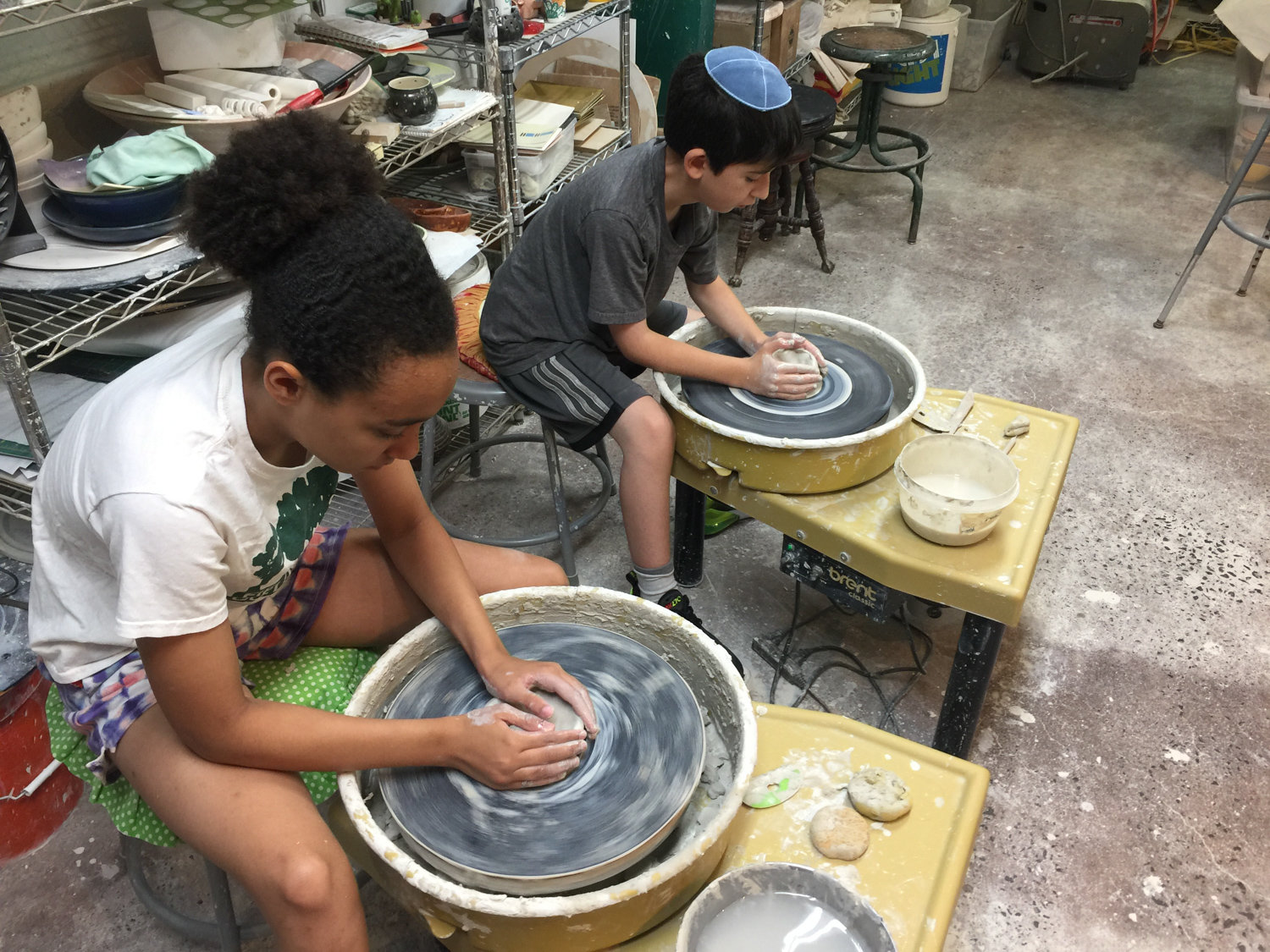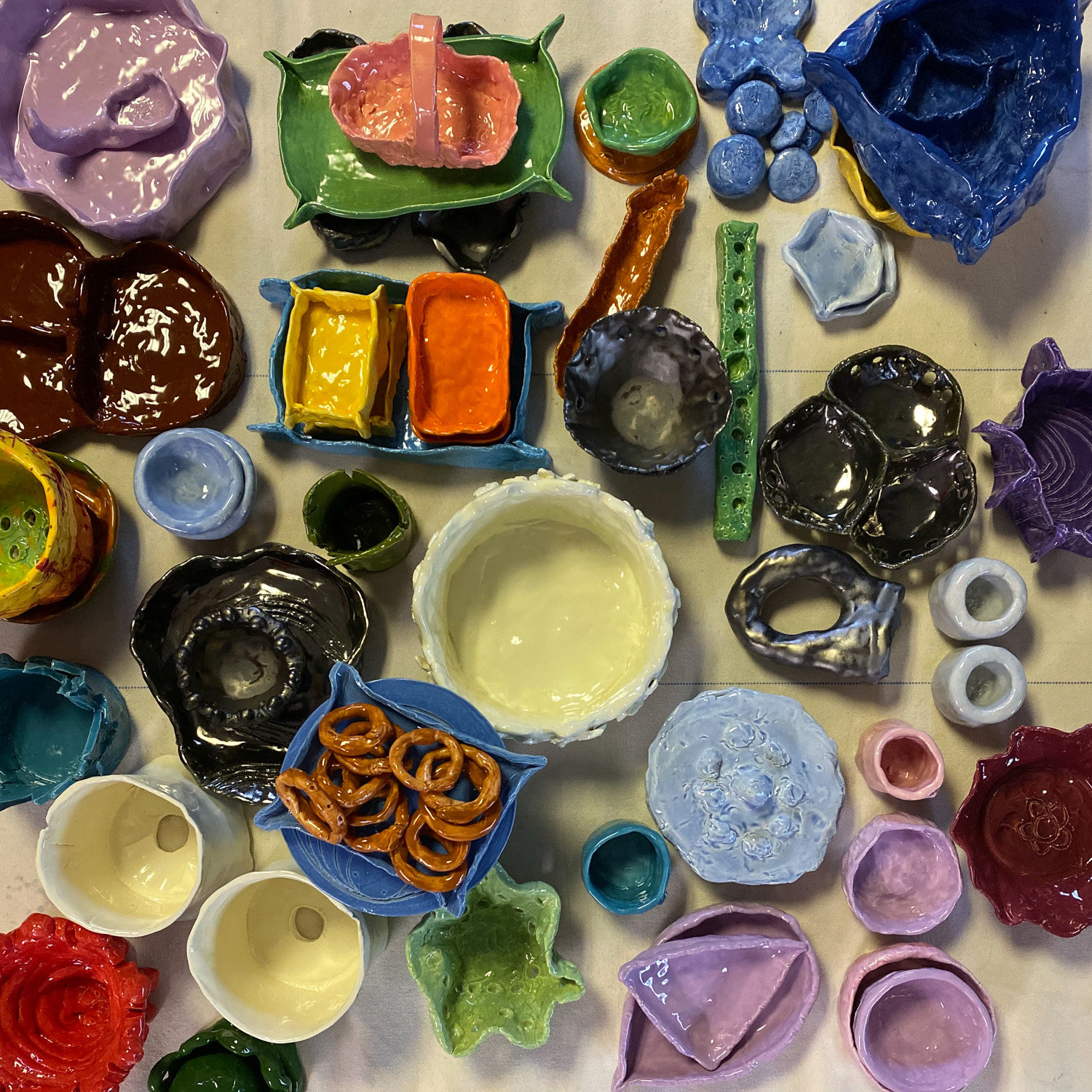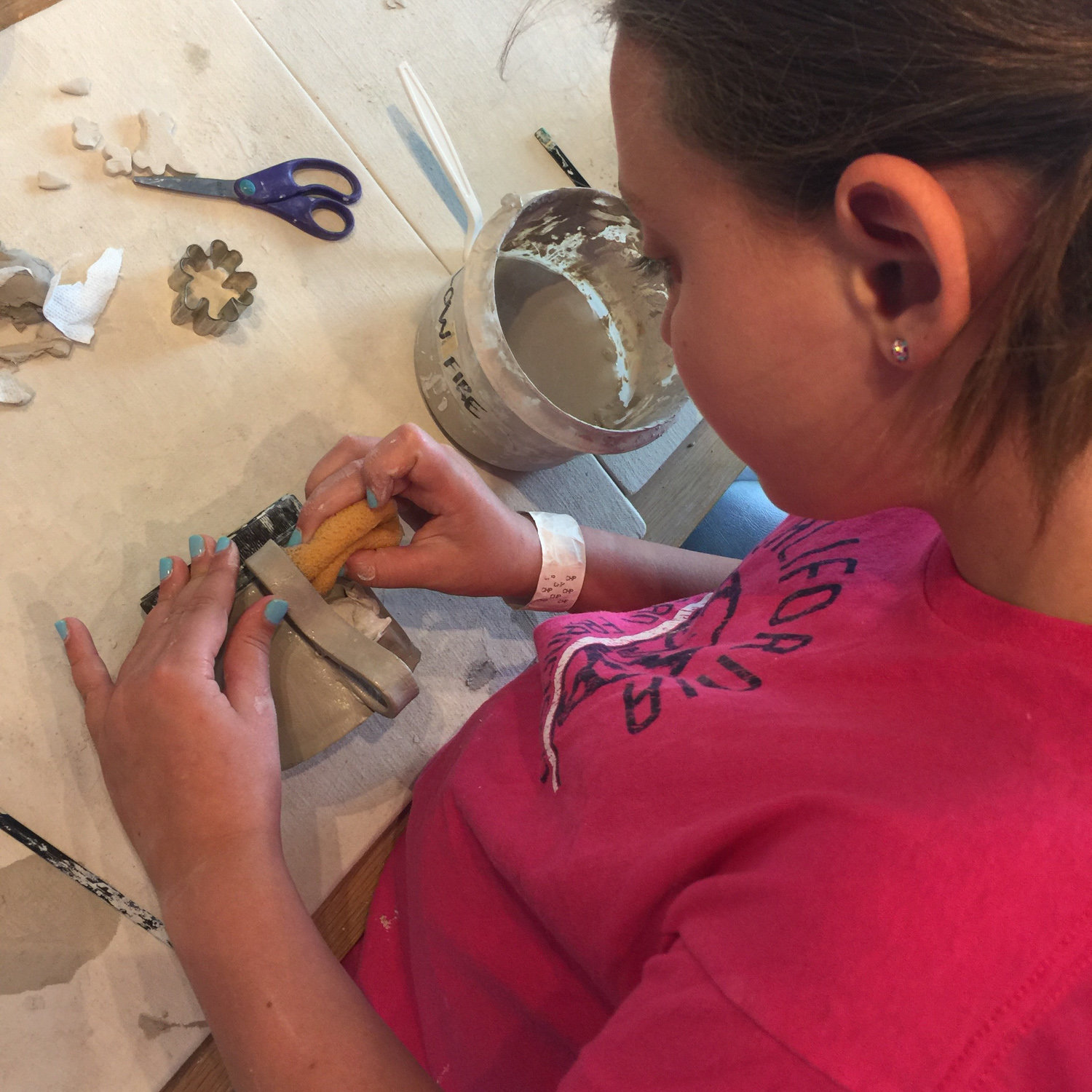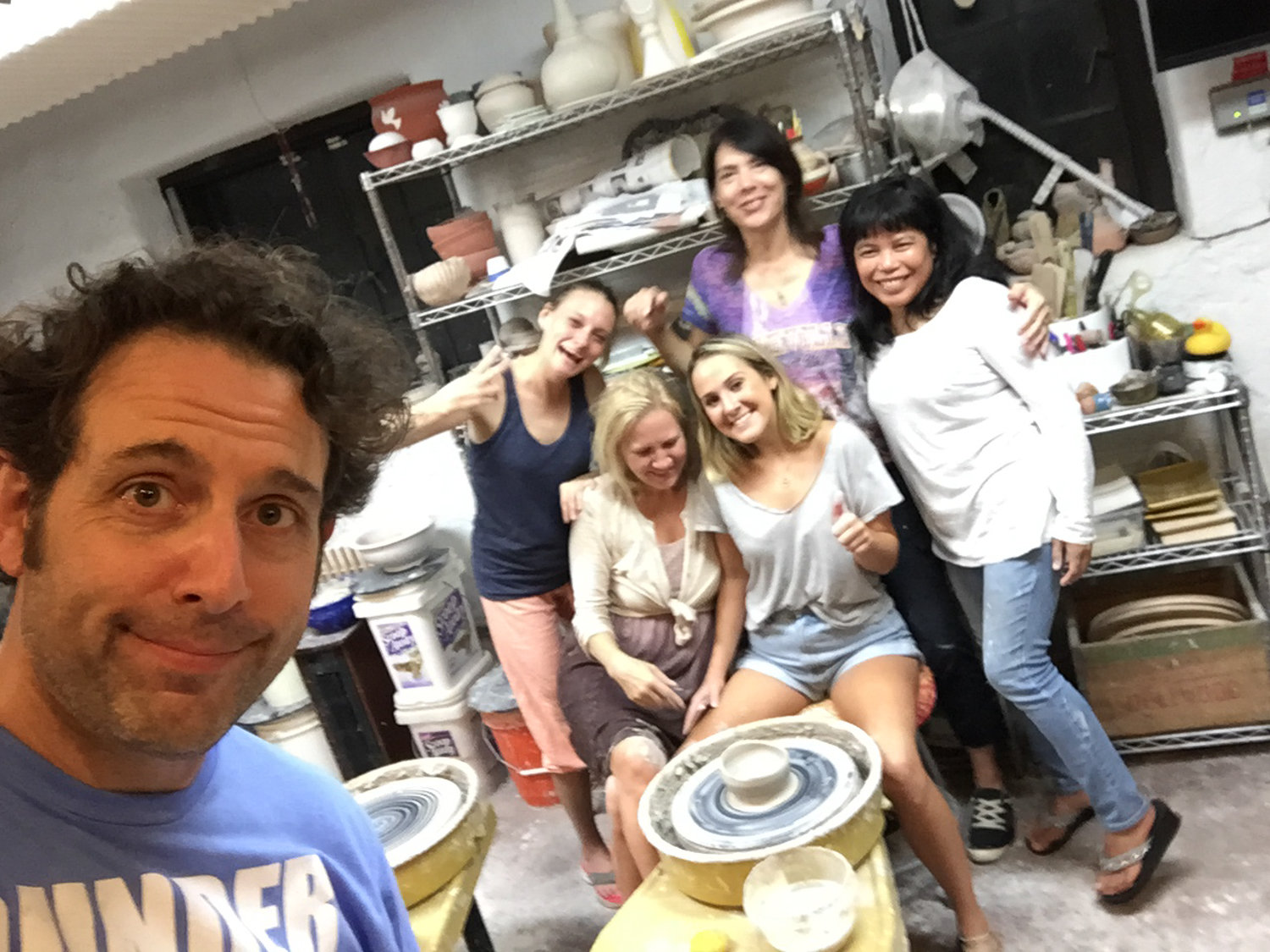Harelick fires up not only ceramics, but young creativity
Dan Harelick arrived home from his job as design director for an advertising agency, and realized a total creative hole in his being. At 45, he was content, but not happy. Nor fulfilled.
“I missed getting my hands dirty,” Harelick said. “To alleviate that, my wife suggested I go back to school. I thought, ‘That’s crazy, I hate school, I dropped out of school twice.’ But I did it anyway. And then I fell in love with being in school.”
Harelick enrolled in Lehman College, and after an art history course in his first semester, found that passion that was missing from his life, taking as many classes as possible. Before long, he was included as a teacher’s assistant. He organized clubs, oversaw classes while finishing his own work, and made sure his fellow students got the materials they needed.
“A classroom is scary for a kid who thinks creatively,” Harelick said. “Once you’re there, you feel like you’re only going to get something wrong.”
The nerves and weight of expectations placed upon students is something they experience far too much, Harelick said. As a teacher’s assistant in a drawing class, Harelick caught sight of a young man holding a pencil before his canvas devoid of even a single graphite line. He looked petrified. When Harelick asked what was wrong, the student simply pointed to a still-life by a much older and far more experienced artist.
“I can’t do anything like that,” he said.
“It hurt to hear,” Harelick said. “But I told him, ‘If you went to a museum and everything was a Picasso, you’d get bored pretty quick.’ I told him that I wasn’t looking for a Picasso. I was looking for what he could make.”
That insight and care into the stresses and hopes of a young student was something Harelick kept with him throughout his college career. He realized he could do more to help those who wanted to express themselves creatively, and to fill a niche in the Fieldston neighborhood he calls home.
“There was a woman who ran some sculpture studio years ago,” Harelick said. “When she sadly passed, I realized I could fill a void in the area. It was something nice I could do.”
So Harelick set about converting his garage into a ceramics studio, purchasing the right kinds of kilns and pottery wheels, as well as a wide variety of clay types. All of this was knowledge informed both by his time at Lehman, but also by his present job as a studio instructor at SAR High School.
“I don’t like saying it, but I have a methodology,” Harelick said. “I get it from my time at Lehman. I teach them one element — one major element, like making a coil — then once they have that command, I tell them to make something with the coil. From there, they can make whatever they wish.”
Harelick is intent upon providing his students an education, but without the academic stuffiness. He doesn’t understand, for example, how some pottery classes demand cleanliness.
“It’s something almost primal,” he said. “You get your hands covered, there’s clay in your hair. I would say it’s the most engaging of the arts.”
For his younger students, Harelick isn’t looking for exact, clean renditions of a classic teapot, nor of a perfectly circular plate. His concern lies with a different concept of success — of whether a young student understands the work they’ve made has value.
“I do my best to teach success through success,” Harelick said. “But it’s important to gauge what success means with art. When kids fail, and when you tell them they’ve failed in a bad way, it’s bad all around. At SAR, I told a class I was so proud of them because they failed. They were a little confused at first, but I said that trying and not getting it exactly right is the best thing you can do.”
Despite Harelick’s numerous aims for his students, his hopes for their futures and his concern over the teaching methods they may confront following his classes, there is a single worry he considers.
“If I have any fears, it’s that a student will feel incapable of creative art,” Harelick said. “That should never be the case.”













